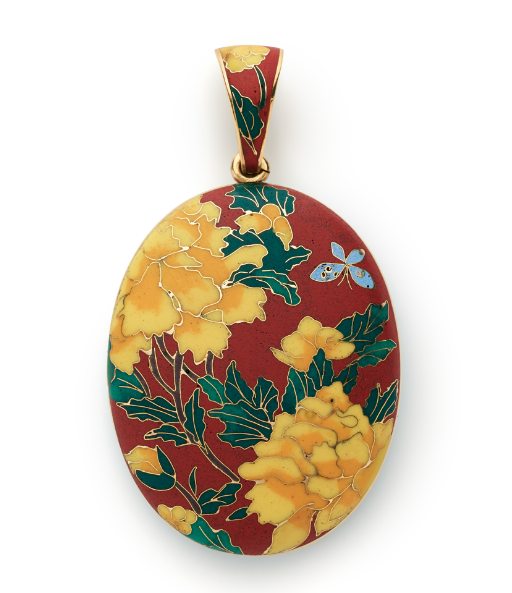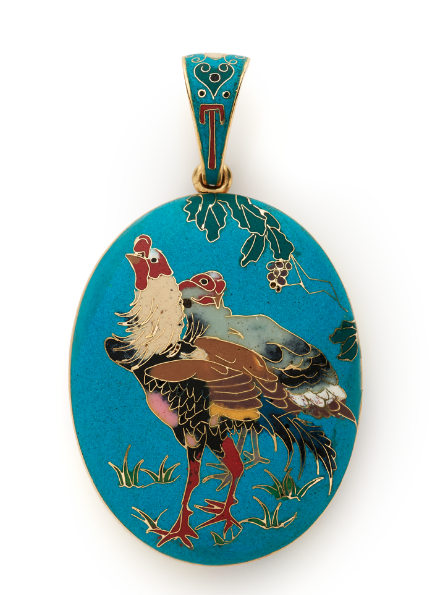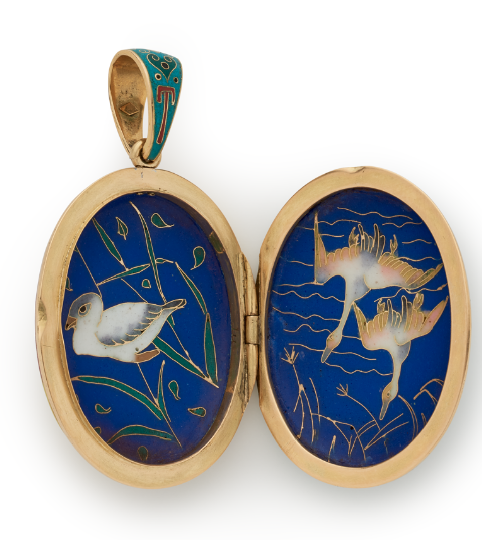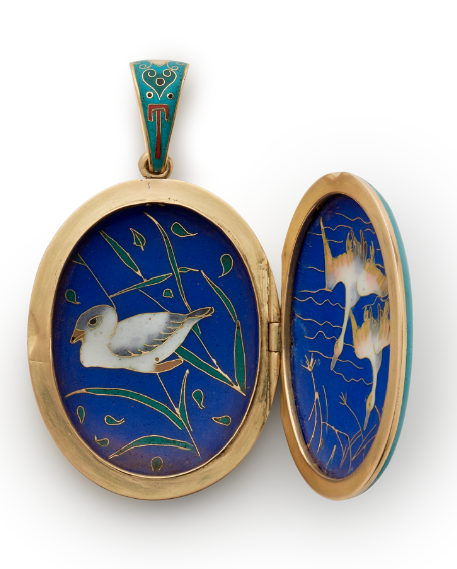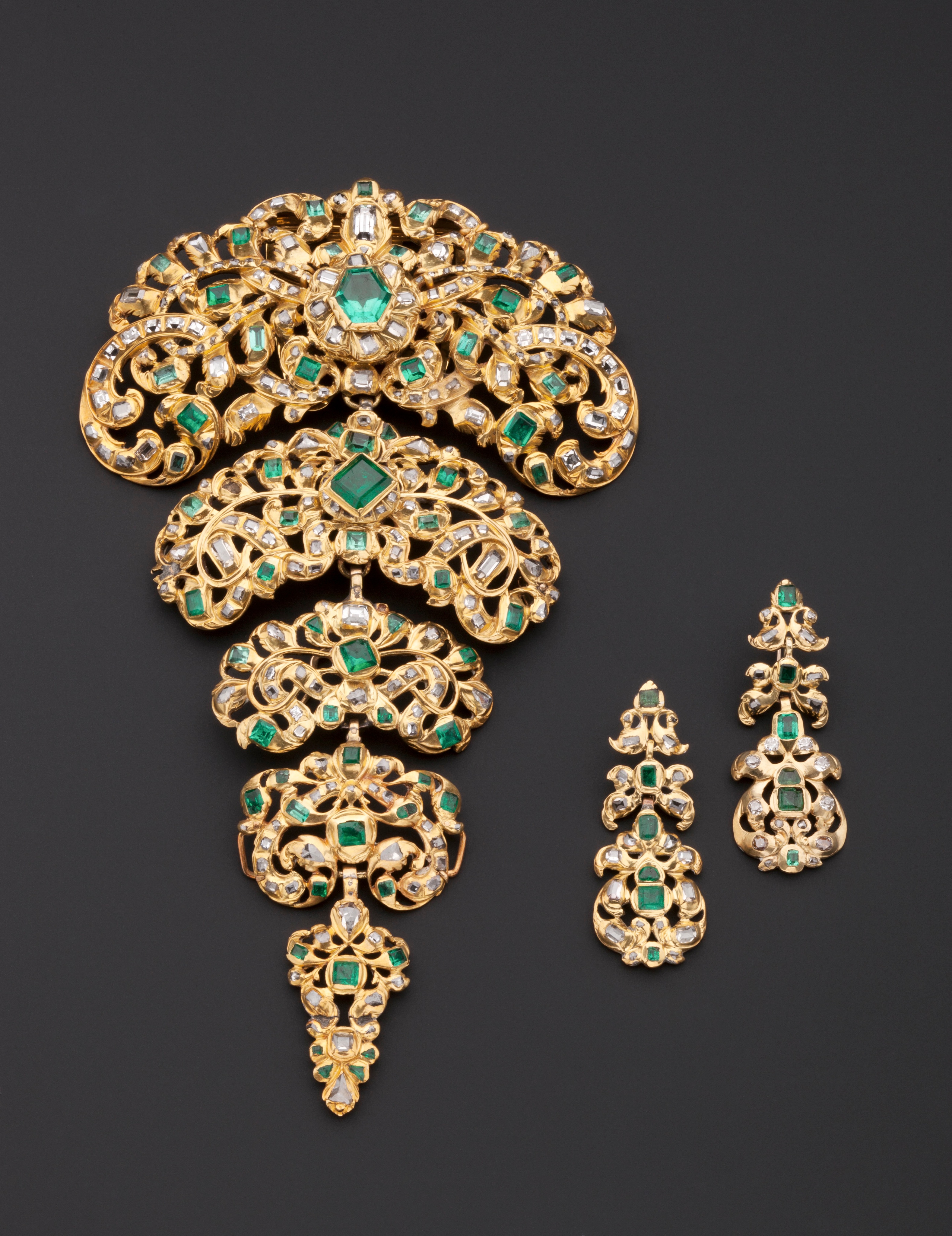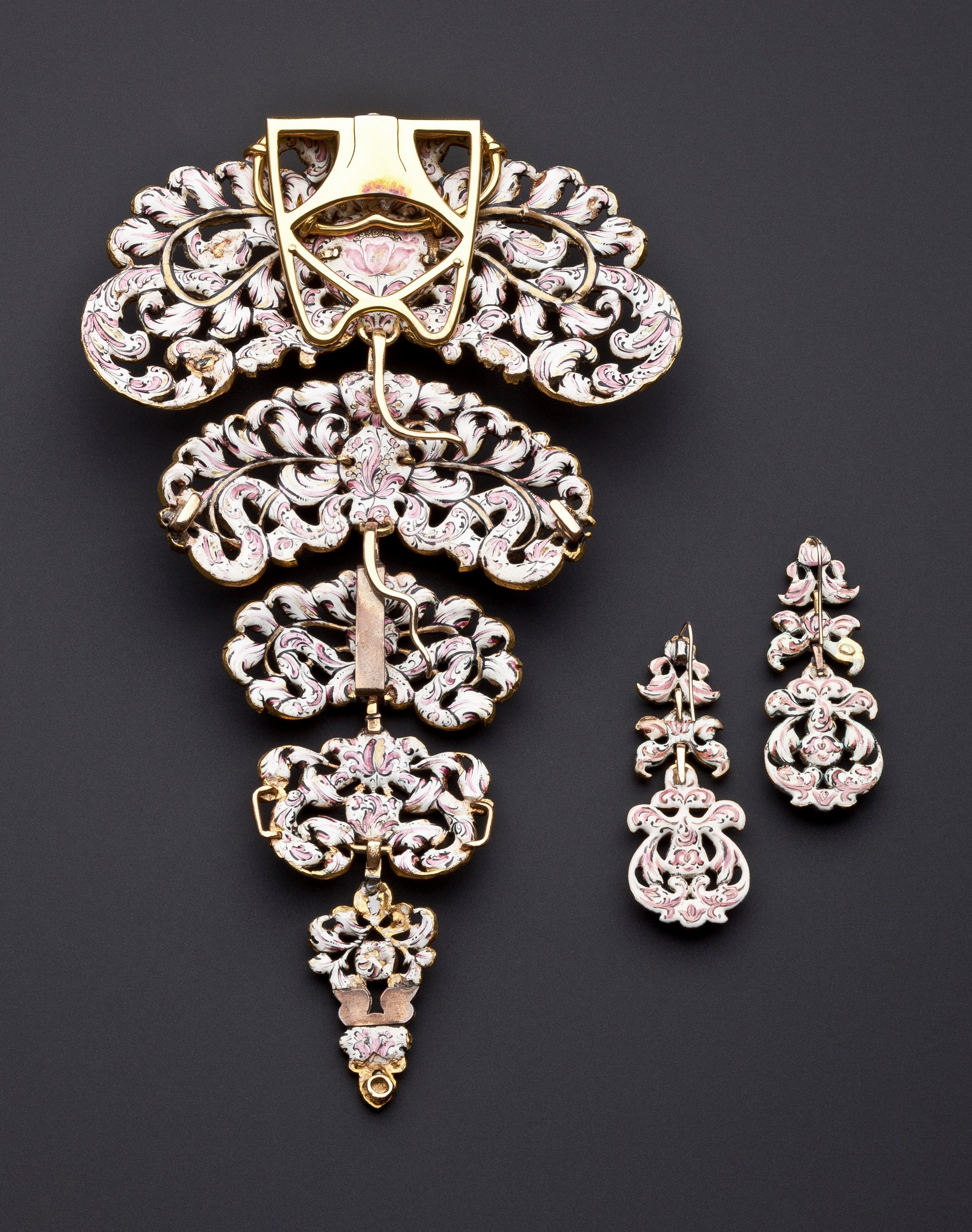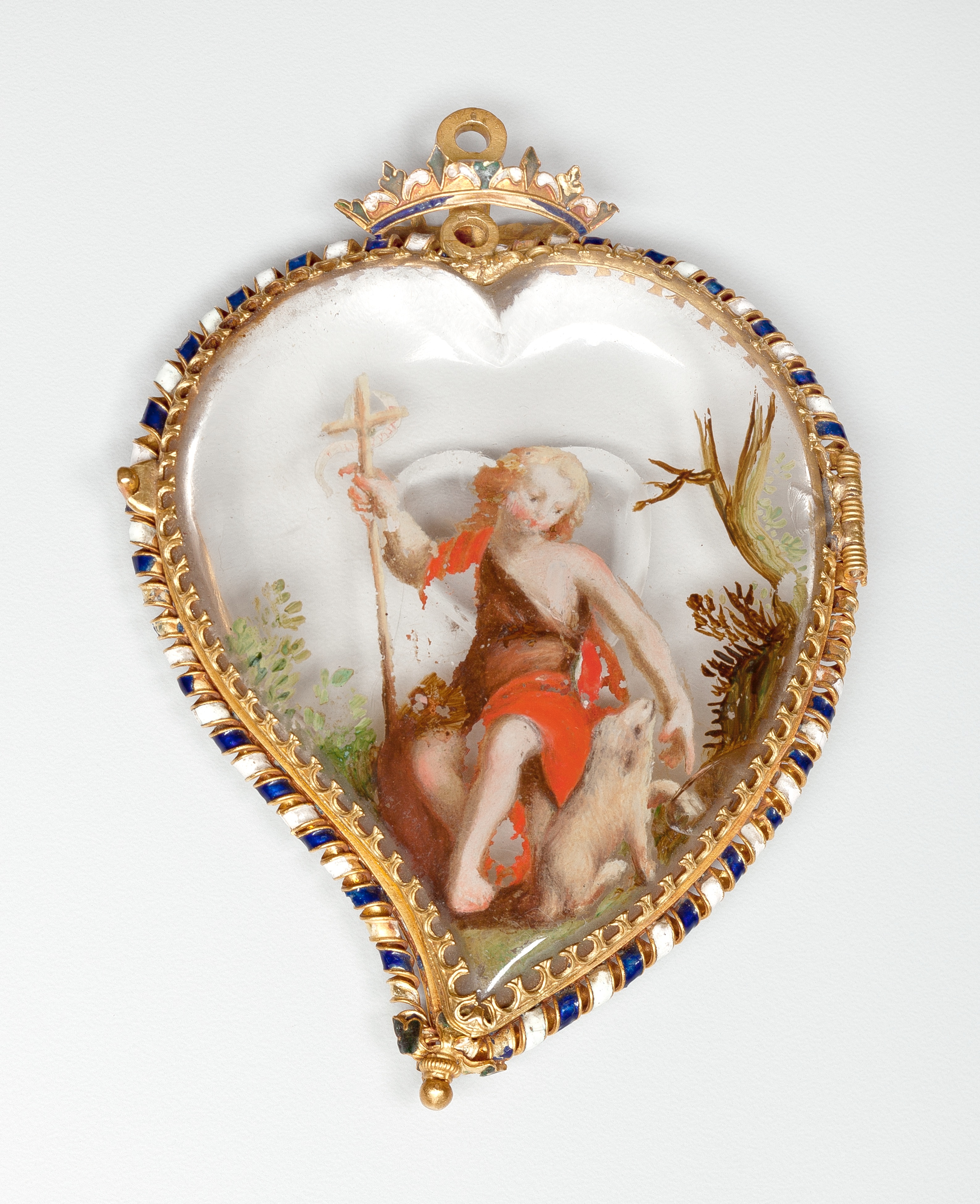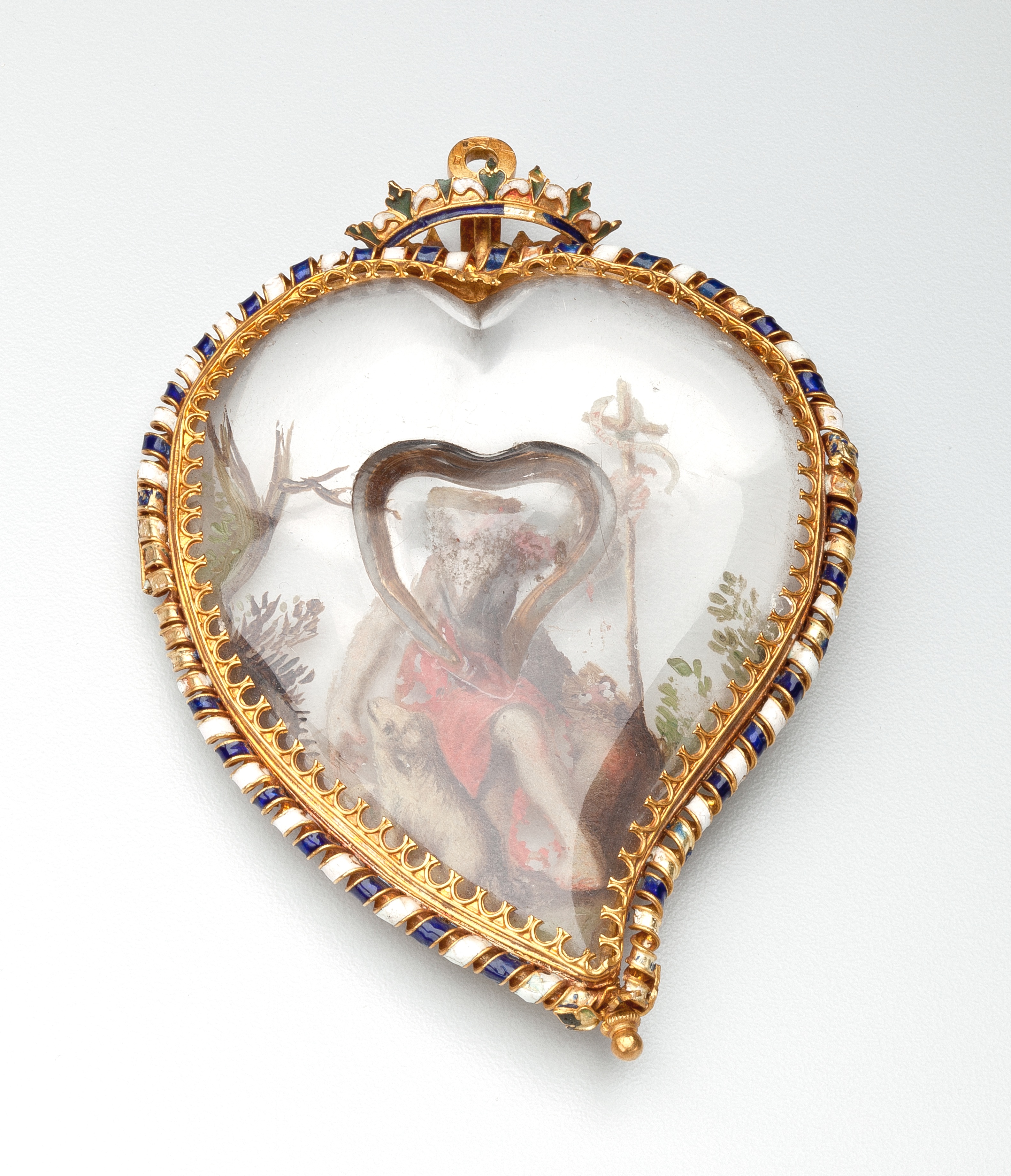TEFAF debuts in New York with Museum Quality Jewels
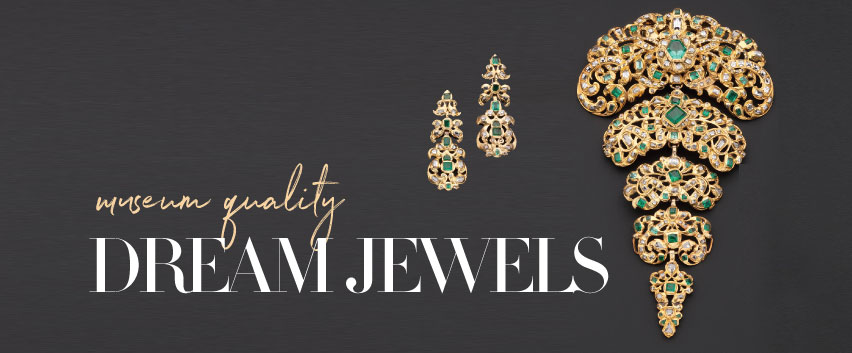
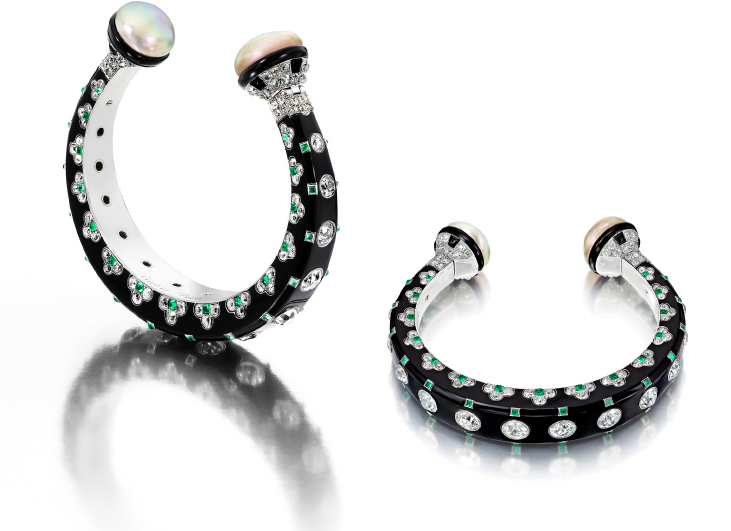
Cartier Sudanese style bracelets at SIEGELSON
Walking into The historical Park Avenue Armory to view any show feels like entering a prestigious event. The prominent, renovated yet preserved landmark building’s architecture creates an impressive venue in which you feel as special as the exhibition you are visiting. The first edition of TEFAF New York, which opened to the public on October 22, and runs through October 26, 2016 was no exception.
The Netherland’s TEFAF Maastricht is considered one of the most globally distinguished arts and antique shows in the world. Since it’s inception in 1988, it has grown significantly with an esteemed roster of dealers from 20 countries and is geared to decriminating collectors in all decorative arts including …yes… jewelry.
In between medieval manuscripts, old masters and contemporary artwork, I discovered the fair’s influential jewelry dealers, whose pieces would make even the most discerning of connoisseurs’ hearts skip a few beats. There is a reason I love my work. Unfortunately my journalistic ability to not zoom in on the pieces I personally could obsess about–those that would keep me awake at night were tested at this show. Objective is not a word that I can possibly use when it comes to jewels of this caliber or pedigree. Many had stopped me in my tracks, while others had me do a triple take. I had given myself an imposed deadline three hours to cover the fair but then spent 55 minutes at Wartski, where I listened and recorded Karen Purcell’s explanation of the jewels I was dreamily trying on and photographing pieces by Castellani, Lalique, Falize and Fouquet when I realized that my three hours turned into four and I had to get home and write the story.
Here I give you a first look at the show with it’s glorious museum quality jewels. You will find details such as enameling, table cut diamonds and pieces that ranged from jewels of the Renaissance through archeological and Renaissance revival style, Art Noveau, Art Deco, Retro and Vintage ‘70s pieces.
There will be another installment.
Until then I hope that the pieces I have chosen to show in this story will tide you over and urge all those in and around NYC to stop in. But a word of caution, you will stay longer than expected. Allow for this, instead of frantic last minute calling to tell your friends you will be late for brunch or missing at least three trains as you uncover yet another world class piece.
VERONIQUE BAMPS is always my first stop whenever I know she will be at a show. Her taste is impeccable. She never buys anything she would not wear herself and features everything from Georgian mine cut rivieres to vintage 70s Cartier.

One of the pieces I zoomed in on at this show was owned by Elsa Schiaparelli and designed by Audouard frères, France circa 1850. It is a large floral brooch in the style of a posy, enameled and articulated in yellow gold and silver set with old cut diamonds and garnets.
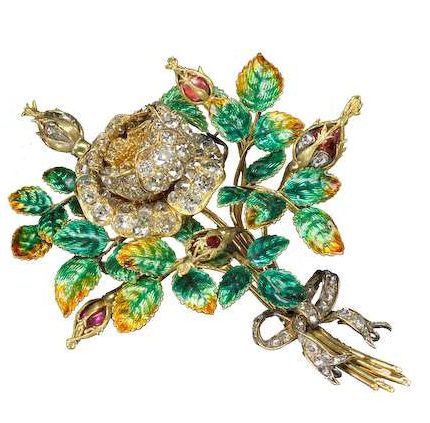
Owned by Elsa Schiaparelli and designed by Audouard frères, France circa 1850.
I also couldn’t pass up snapping photos of this circa 1940, signed Trabert & Hoeffer-Mauboussin, New York necklace. It was designed in yellow and white gold set with aquamarines, diamonds and cabochon rubies. It is accented by a turquoise enamel pattern on the yellow gold and looks like one of the pieces belonging to a stylish silver screen actress of that era.
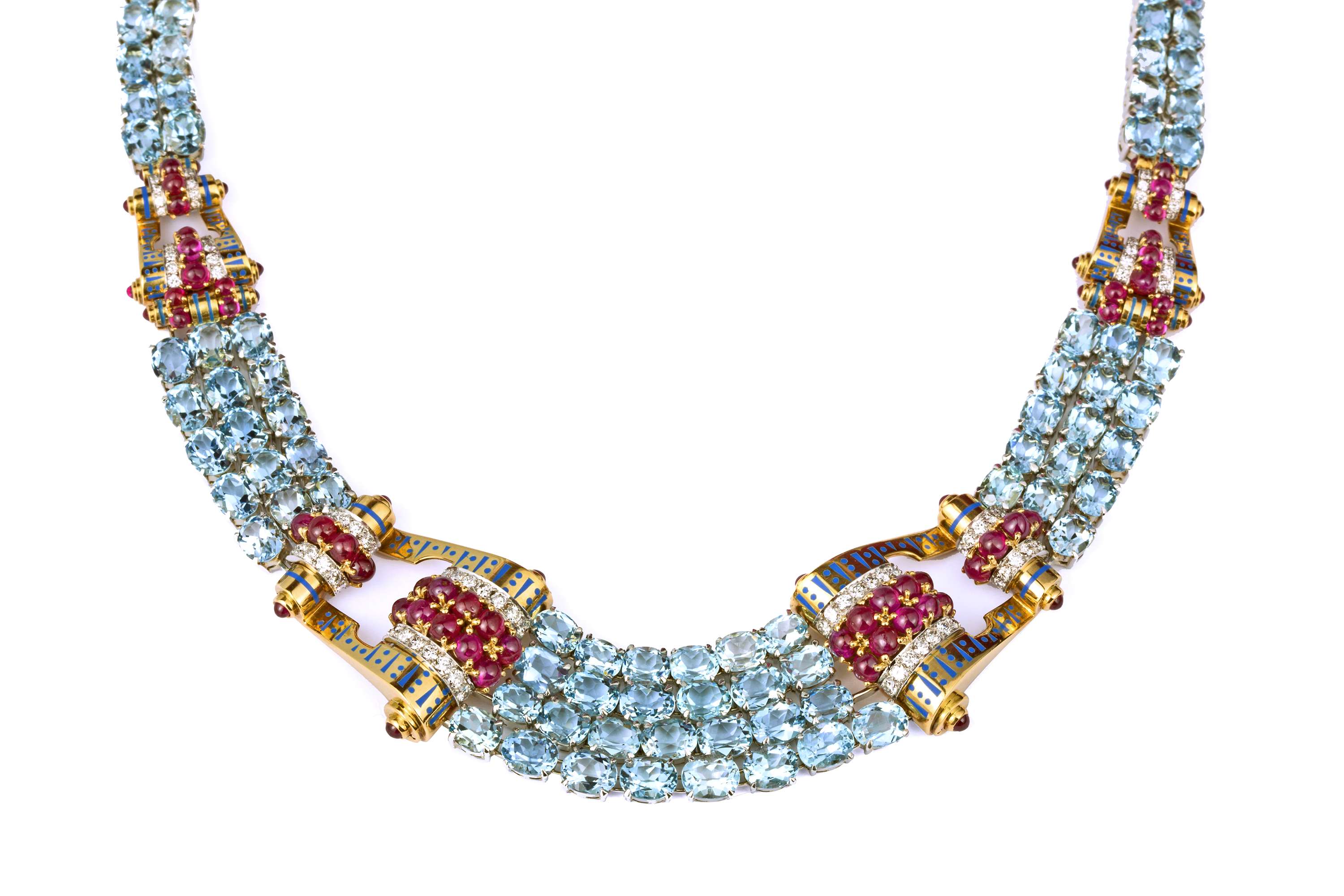
Trabert & Hoeffer-Mauboussin Necklace, Circa 1940 at Veronique Bamps
Once I enter the world of Wartski, I am always happy to see Katherine Purcell, associate managing director and author of Falize: A Dynasty of Jewelry and co-author of Faberge and the Russian Jewellers. She possesses an encyclopedic knowledge of all the jewels I ask her to see, which are many as well as all the time periods they span.
In trying to choose which Wartski piece to feature for this article, I decided to go for those that caught my attention immediately and save some for the next installment.
These particular earrings were designed by architect Henry Wilson, c.1900, who like others artists, architects and painters of the time would sometimes explore other art forms other than for which they were renowned. Wilson created very few pieces of jewelry and these are the only pair of earrings which we know of, which makes them extremely rare, “ explains Purcell. “His work is represented in New York in the bronze doors for the Cathedral St. John The Devine,” she continues. The intricately detailed cast and chased figures of Psyche and Cupid stand beneath a baldachin of enamel and scrolling gold filigree, carved rock crystal columns with striped enamel terminals, suspend pear shaped drops of moonstone and peridot and all hang from cabochon moonstones and pink star sapphires with a row of flower heads centered by sugarloaf emeralds.
“ In these earrings, the gems are secondary. Instead they create a harmonious palette to the jewel,” says Purcell. “The quality of the gold work is extraordinary and so delicate and you can tell that he is an architect by the intricate details of the design.”
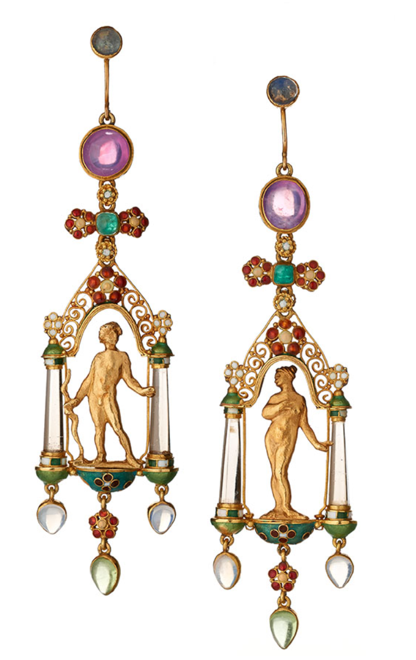
Earrings by Henry Wilson at Wartski
At WARTSKI I was awed by this locket designed the Japanese taste of Falize with cloisonné enamel. “What sets this piece apart from the examples in the British Museum and the V&A Museum are that they are enameled on the front and the reverse of the locket and then you find a glaze compartment which would hold a lock of hair, photo or souvenir,” Purcell explains. “But, this is the only example I have seen, which is enameled on four faces, with the exception of one other locket in the Musee d’Orsay in Paris. The colors are extraordinary—the front is decorated with yellow enamel flower against red background. The back cover is unique in the combinations: a turquoise enamel background with yellow bird and red head and feet. The two inside enamel panels are a beautiful blue but with a graduation of color in the motif of the bird, and then taken to it’s furthest point by the wirework that forms it’s own decorative elements.” Purcell goes on to show the initial T on the loop of the locket, which is the initial of the enameller Anton Tard. This is the only piece Purcell has ever seen with a signature or initial by Tard for Falize or any of other major jewelers for whom he worked.
- Front of Falize locket at Wartski
- Back of Falize Locket at Wartski
- Inside of Falize Locket at Watski
- Another view of the inside panels of the Falize Locket
SIEGELSON’s diversity of signed jewels from various provenances and time periods never cease to amaze and delight. Their marketing is some of the best I have ever seen from a company that is not an auction house. The documentation they offer with the jewels creates a rich exchange and education for the novice and consummate collector.
Some of my personal favorites featured at the show were designed by the most creative jewelers of their day and also worn by the style icons that frequented these houses. A pair of 18K gold textured bombe clip hearts brooches set with cabochon rubies of the house of René Boivin, 1938, from a design by Juliette Moutard captured my own heart. Moutard designed for the house after René Boivin, who founded his company in the 1890s passed away in 1917 and his wife, Jeanne Boivin—the sister of fashion designer Paul Poiret—took over. She was a pioneer in hiring other strong, creative women to design and help her run the business. Suzanne Belperron and Juliette Moutard designed some of the most inspired jewels of the 20th century during their tenure at the Maison. The heart-shapes with their varying size and color rubies offered depth and textural interest and were fluid and fluid and sculptural compared to the geometric and angular designs of the Art Deco period.
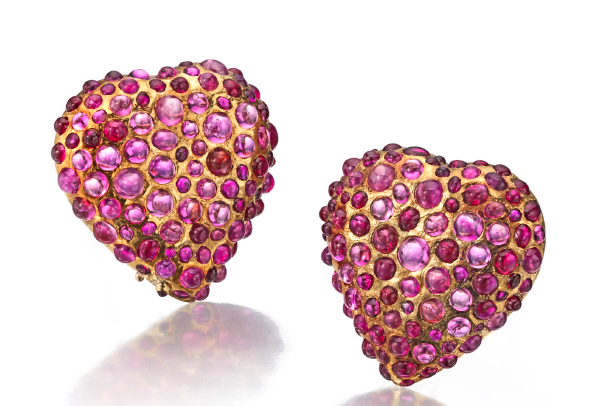
Renee Bovin ruby heart clips at SIEGELSON
SIEGELSON also showcased a pair of feather winged clips in silver gilt by Fulco di Verdura for Coco Chanel, Paris, 1934. Signed Chanel. These clips are accompanied by a certificate from Verdura, dated June 15, 2016, stating that “In our opinion, this pair of gold and silver ‘wing’ dress clips was made from a design by Duke Fulco di Verdura for the House of Chanel in the spring of 1934.” They belonged to Daisy Fellowes and were featured in Vogue. These ‘Mercury Winged Clips’ were designed as part of Verdura’s last collection for Chanel. Daisy Fellowes was a legendary icon of style, the Paris editor of Harper’s Bazaar and the Singer Sewing Machine Heiress.
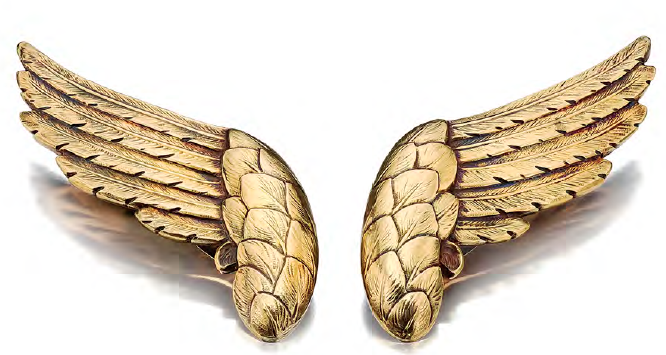
Chanel Mercury Wing Clips at SIEGELSON
Another piece that was exceptional at SIEGELSON was an Art Deco diamond, natural pearl, emerald, and onyx bangle, Cartier, Paris, circa 1925 . It is one of the most beautiful representations of Cartier’s Deco jewels that were inspired by various cultural influences that I have seen up close and personal. In this case, borrowing its form from African tribal bracelets. The open bangle silhouette with jeweled terminals and an exotic feel was used several times by Cartier and was called “Sudanese,” “Egyptian-style,” or “Indian-style.
It was in MICHELE BEINEY’S tall display cases that I fell head over heels. Jewels such as these I had only previously seen in museums. And, I am also a bit obsessed with the pieces of the period in which she specializes
I chose two for this article. A late 17th century demi-parure of stomacher and earrings in gold, emeralds and diamonds. It is Spanish and consists of a corsage jewel and earrings, which are crafted into a gold openwork design with table-cut emeralds ad diamonds. The reverse is an enameled floral design in pink and white on black. Large stomachers were often worn pinned to a gown or around the neck on a velvet ribbon, depending on the occasion and the woman wearing the jewel.
- 17th Century Spanish demi-parure at Michele Beiny
- the back of the dem-parure
MICHELE BEINEY also displayed a heart shaped pendant locket crafted of rock crystal, painted with a scene of St. John the Baptist. Most likely Spanish or Northern Italian and created during the early part of the 17th Century.
- front of heart locket at Michele Beiny
- Back of heart locket
A LA VIEILLE RUSSIE revealed some of their new acquisitions, one of which is a parure of silver topped gold, turquoise and old cut diamonds was a wedding gift from the King and Queen of he Belgians to Princess Marie Jose’ and belonged to the Countess of Flanders, the princess’ grandmother. She wore it for her marriage to Crown Prince Umberto in 1930 at the reception for which the necklace was mounted as a bandeau in the fashion of the day
- The pendant brooch of the parure at ALVR
- the bracelets of the parure at ALVR
- the earrings of the parure at ALVR
- The necklace of the parure at ALVR

